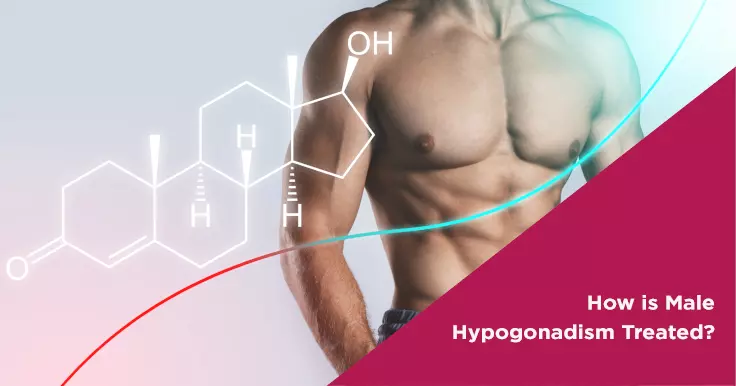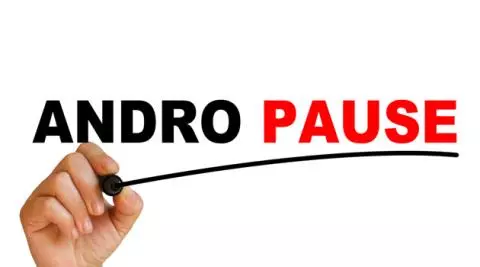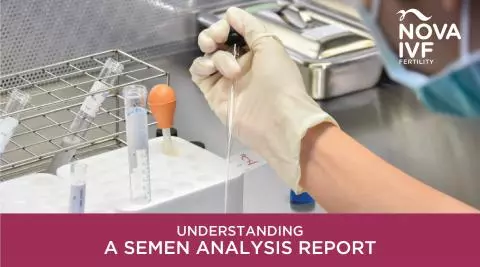Male Hypogonadism Treatment: Effective Solutions for Hormonal Imbalance

The goal of male hypogonadism treatment is raising the testosterone levels. Before any form of treatment is prescribed, a series of tests will be conducted to determine whether the low testosterone levels are a result of actual hypogonadism or a testicular disorder or pituitary abnormality. Hypogonadism treatment is different for boys and adults.
Male Hypogonadism Treatment Options
Treatment for Boys
Early diagnosis and treatment of hypogonadism can avert delayed puberty. Testosterone replacement therapy (TRT) is administered to stimulate puberty and development of secondary sex characteristics like facial hair, pubic hair, increased muscle mass, development of the penis etc.
Treatment for Adults
Treatment for hypogonadism in adults depends on the factors triggering the condition and whether or not the man is considered to father a child. The treatment may take the form of hormone replacement therapy if the condition is caused by the testicular failure. This type of therapy can prevent bone loss and increase muscle strength while boosting energy levels and sex drive and treating erectile dysfunction.
If the condition is caused by issues with the pituitary gland and fertility is not an issue, testosterone replacement therapy (TRT) may be prescribed. If a tumour is present in the pituitary gland, it may need to be surgically removed.
In some cases of primary hypogonadism, fertility may be hard to restore. In such cases, assisted reproductive techniques such as IVF may be advised.
Types of Testosterone Replacement Therapy (TRT)
TRT may be delivered in many different ways. The best method of administering this therapy depends on the patient's personal preference, side effects and cost of treatment. The most common types of TRT are:
-
Injections
Testosterone injections are intra-muscular injections that may be self-administered or administered by a nurse or doctor. The symptoms of the condition may vary while treatment is underway depending on the frequency at which they are administered.
-
Patch
A patch that gradually releases testosterone may be attached to the patients abdomen, back, thigh or upper arm.
-
Gel
Gels may be rubbed into the skin on the shoulder or upper arm or applied with an applicator under the arms or applied with a pump to the inner thigh. As the gel dries, testosterone is absorbed by the body.
Other ways of administering testosterone replacement therapy include nasal gels, implantable pellets and oral tablets.
 Infertility Counselling
Infertility Counselling Female Infertility Treatment
Female Infertility Treatment Andrology Treatment
Andrology Treatment Fertility Enhancing Surgeries - Female
Fertility Enhancing Surgeries - Female Fertility Enhancing Surgeries - Male
Fertility Enhancing Surgeries - Male Endoscopy Treatment
Endoscopy Treatment IUI Treatment
IUI Treatment IVF Treatment
IVF Treatment ICSI Treatment
ICSI Treatment Advanced IVF Solutions
Advanced IVF Solutions Embryology
Embryology Vitrification Egg, Embryo, Sperm Freezing
Vitrification Egg, Embryo, Sperm Freezing Preimplantation Genetic Testing (PGT)
Preimplantation Genetic Testing (PGT) Donation Program Embryo / Egg / Sperm
Donation Program Embryo / Egg / Sperm Self-cycleTM IVF
Self-cycleTM IVF

 Self-cycleTM IVF
Self-cycleTM IVF










